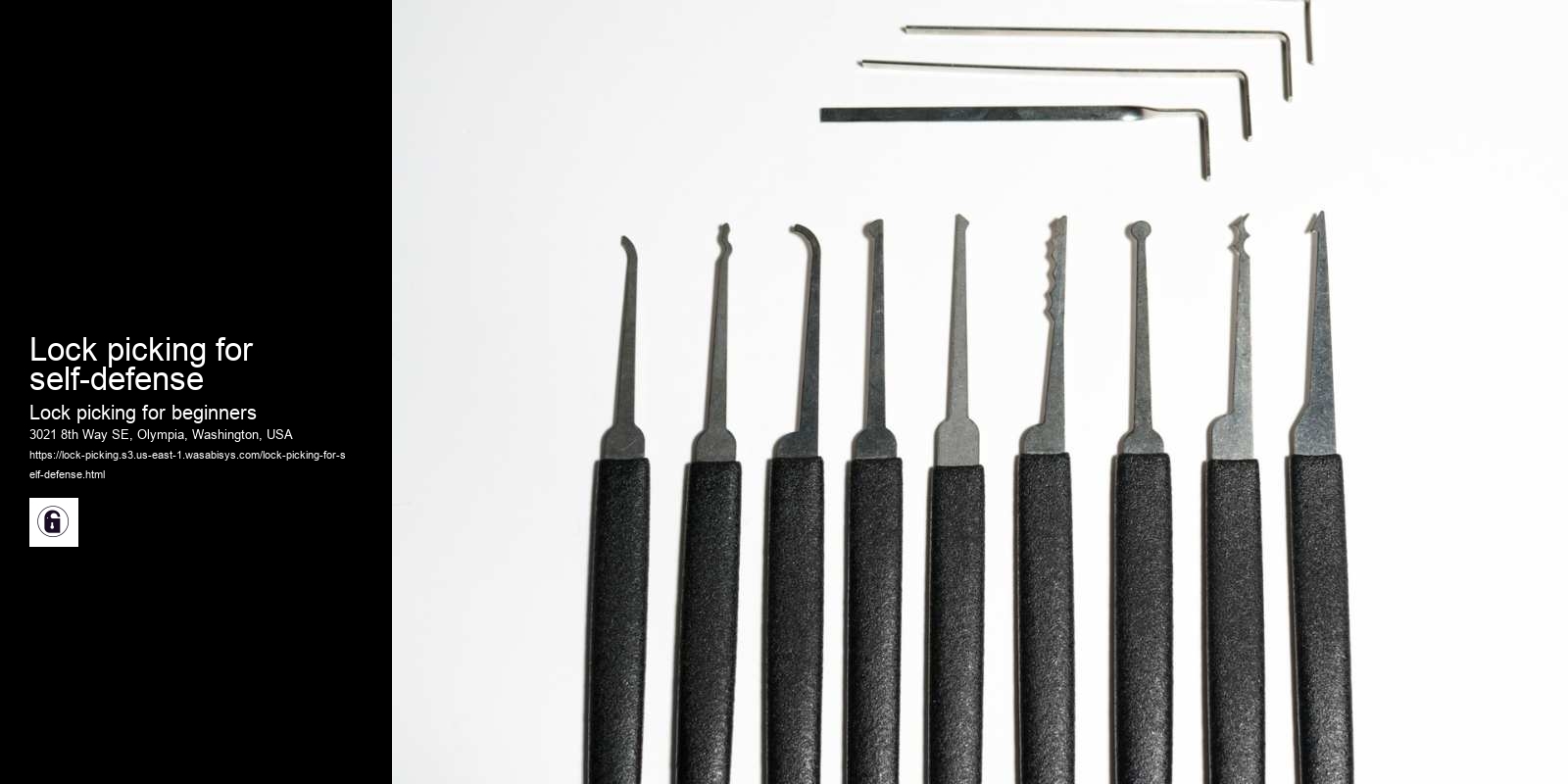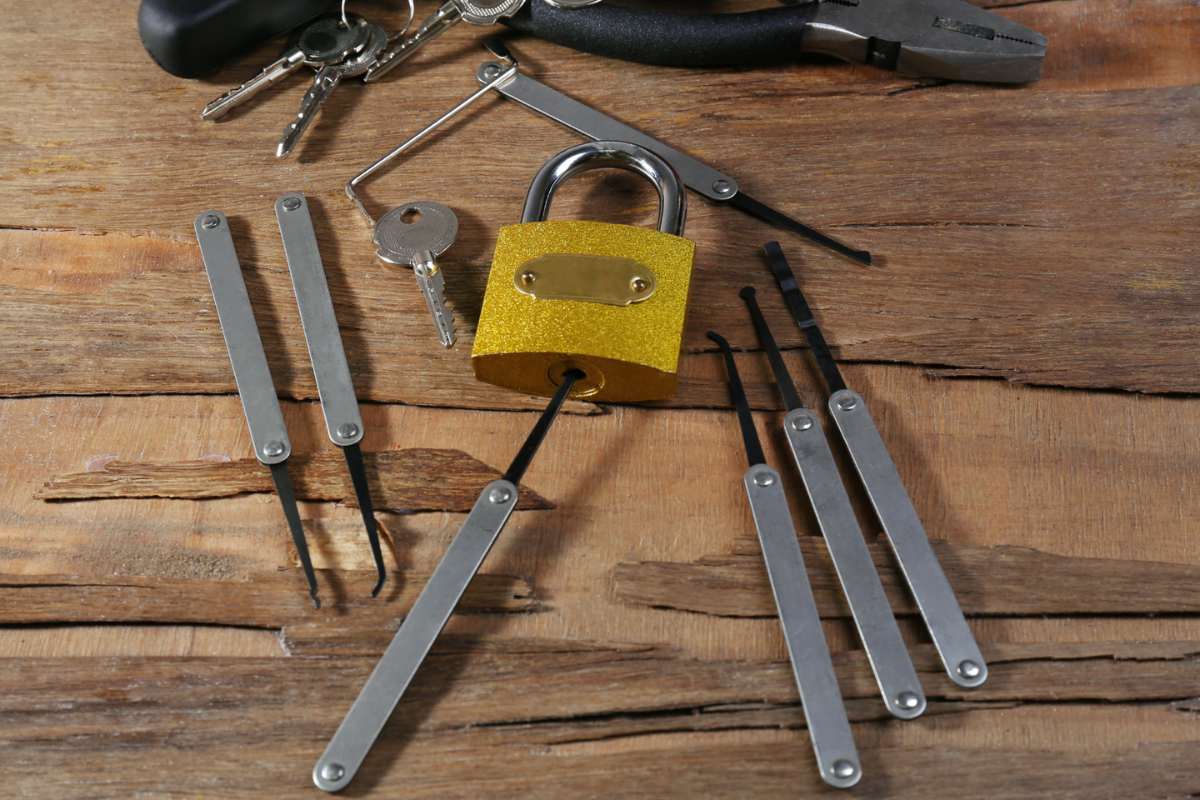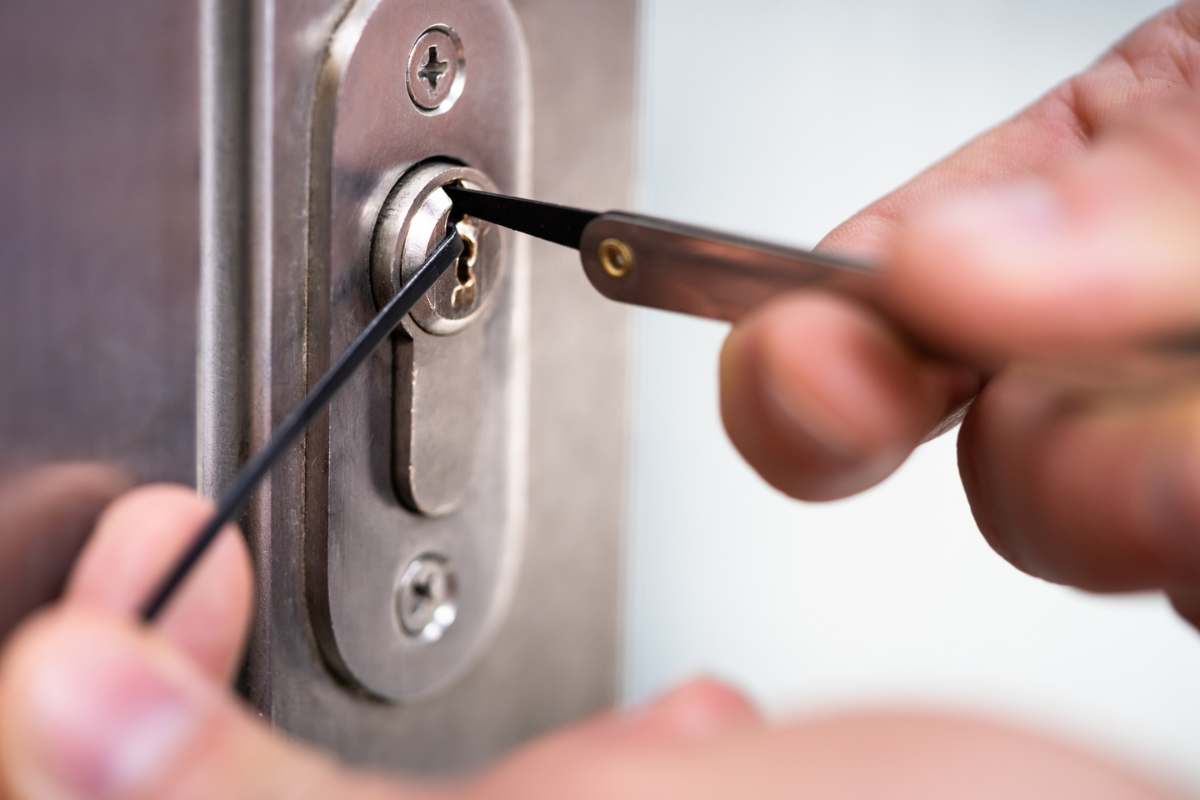How does impressioning work?
Using a tension wrench is an essential part of the lock picking process. The first step is to select a tension wrench that is appropriate for the lock being picked. The wrench should be inserted into the bottom of the keyway and turned gently in the direction that the lock would normally turn to open.
Once the tension wrench is in place, it's important to maintain a constant amount of pressure on it throughout the picking process. This pressure creates tension on the pins inside the lock and allows the picker to feel for the binding pin. The binding pin is the one that is set deeper than the other pins and requires more pressure to move.
When the binding pin is identified, the picker can use their pick tool to manipulate it. It's important to apply the right amount of pressure to the pin without releasing the tension on the wrench, as this will cause the other pins to reset. The picker should continue to manipulate the pins one by one until all of them are set to the correct height and the lock can be turned and opened.


